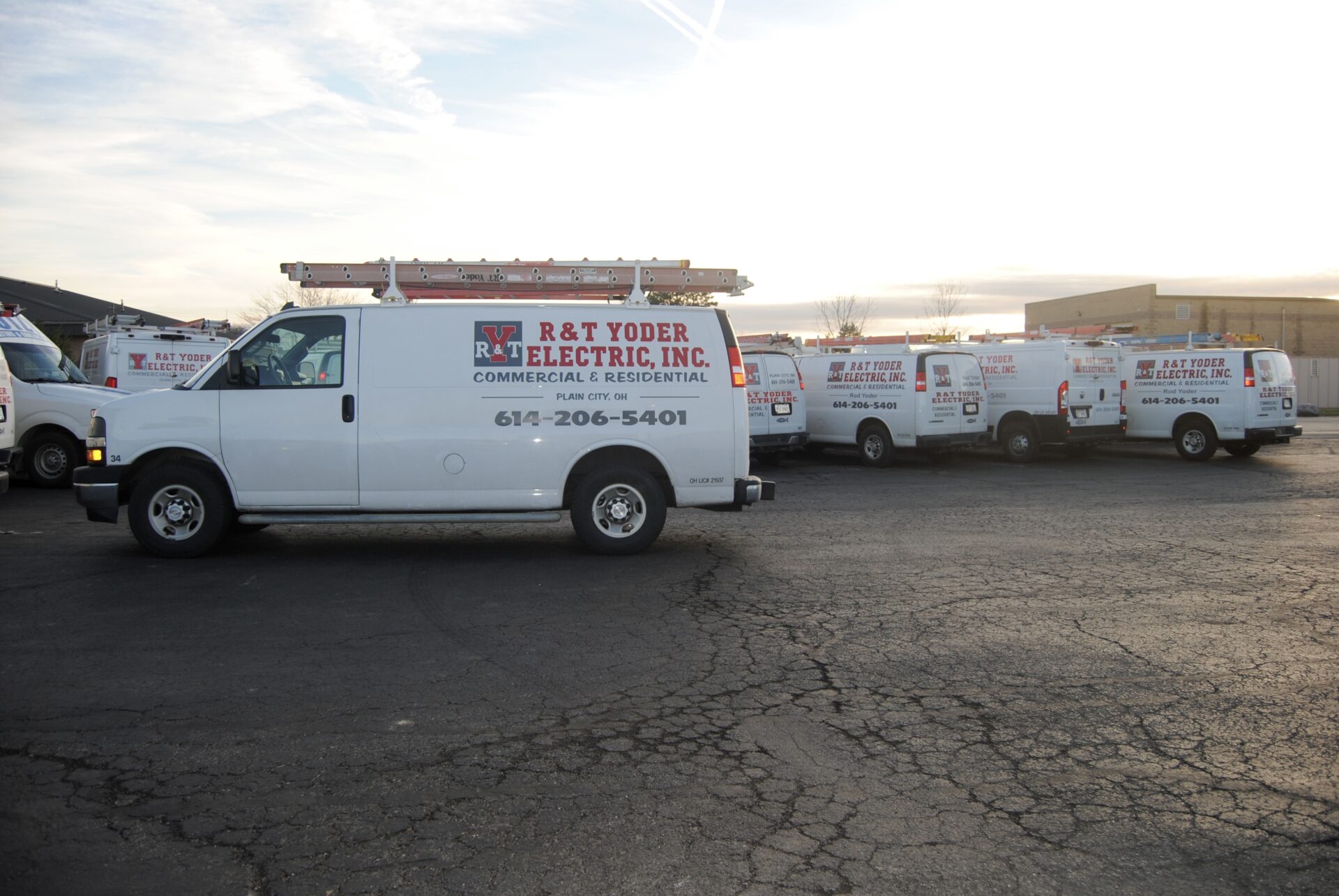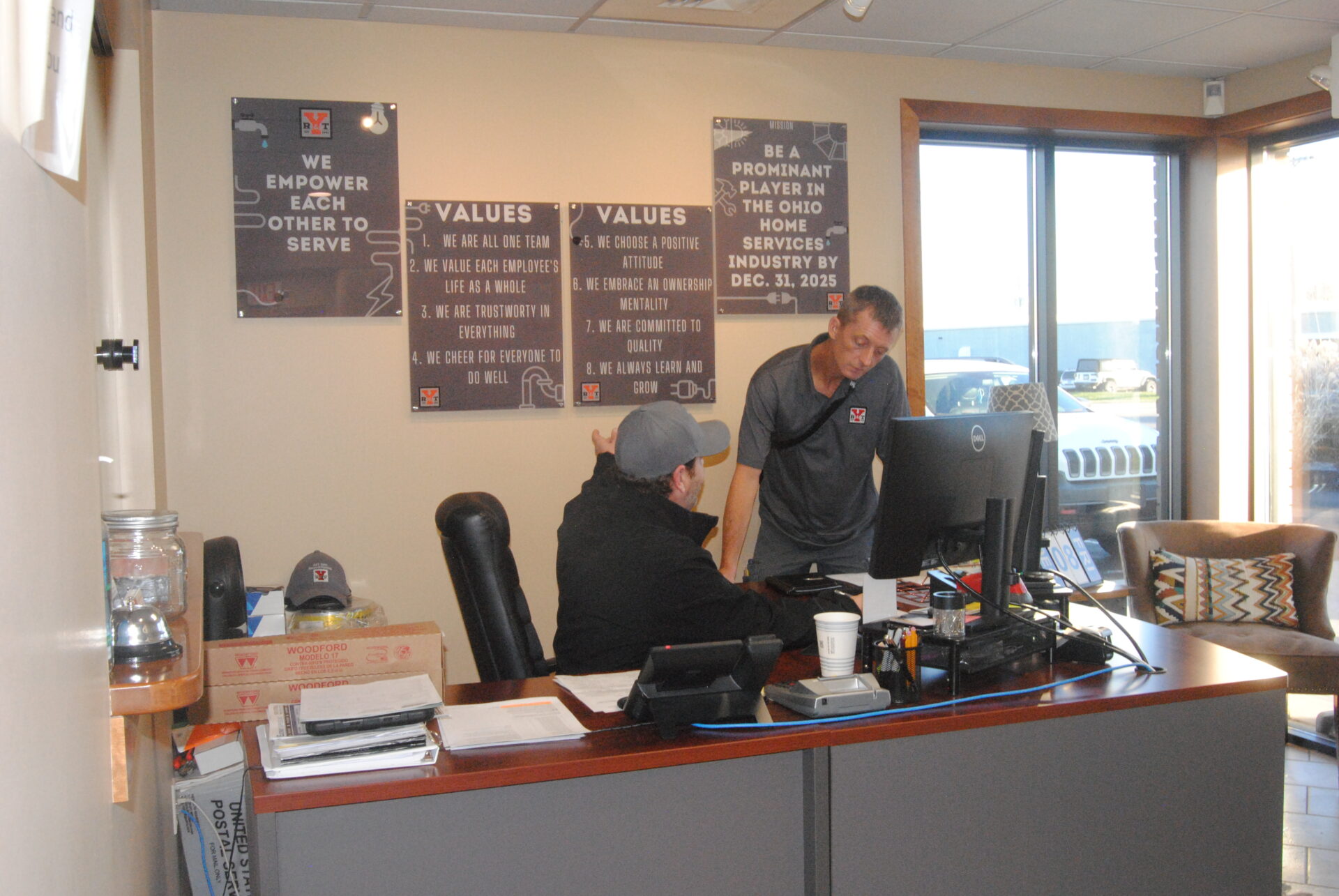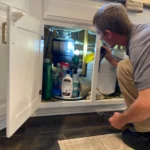Water leaks can be a homeowner’s worst nightmare, leading to structural damage, mold growth, and skyrocketing water bills if left unchecked. Identifying leaks early is crucial, but many leaks are hidden within walls, underground, or beneath floors, making them difficult to detect without professional tools. This is where leak detection technology comes into play. But how does leak detection work, and why is it so important to address leaks promptly?
1. What Is Leak Detection?
Leak detection refers to the process of identifying and locating leaks in plumbing systems, water lines, or other infrastructure. Since many leaks occur in hidden areas, professional leak detection relies on advanced techniques and specialized equipment to pinpoint the exact location without causing unnecessary damage to walls, floors, or landscapes.
Leak detection can be applied to
- Residential Plumbing: Water supply lines, pipes behind walls, and under slabs.
- Commercial Plumbing: Complex systems in office buildings, restaurants, and industrial facilities.
- Utility Services: Municipal water lines and sewer systems.
Leak detection is crucial for reducing water waste, preventing property damage, and maintaining efficient water usage.
2. How Does Leak Detection Work?
Leak detection involves various techniques and technologies designed to locate leaks accurately. The method used depends on the type of plumbing system, the location of the leak, and the severity of the issue. Let’s break down the most common methods used in leak detection.
2.1 Acoustic Leak Detection
How It Works:
Acoustic leak detection uses highly sensitive listening devices to detect the sound of water escaping from pipes. When water leaks from a pressurized pipe, it creates a distinct noise, such as hissing, splashing, or gurgling. Technicians use specialized equipment to amplify these sounds and pinpoint the leak.
Key Tools:
- Ground Microphones: Devices placed on surfaces to detect leak sounds.
- Listening Rods: Used for listening to pipes directly.
- Leak Correlators: Analyze sound frequencies to determine the leak’s location.
Best For:
- Leaks in underground pipes.
- Hidden leaks within walls.
2.2 Thermal Imaging (Infrared Cameras)
How It Works:
Thermal imaging cameras detect temperature variations caused by water leaks. Water typically cools or warms surrounding areas, creating a temperature difference that can be seen through infrared imaging. Technicians use these cameras to identify damp spots, even when leaks are hidden behind walls or under floors.
Key Tools:
- Infrared Cameras: Display temperature differences on a screen, highlighting potential leak locations.
Best For:
- Detecting leaks in walls, ceilings, or floors.
- Identifying moisture intrusion in roofing or insulation.
2.3 Moisture Meters
How It Works:
Moisture meters measure the moisture content in materials like drywall, wood, and concrete. High moisture levels can indicate the presence of a leak. These devices are non-invasive and provide quick readings to help confirm suspected leaks.
Key Tools:
- Pin-Type Meters: Insert probes into the material to measure moisture levels.
- Pinless Meters: Use electromagnetic sensors to detect moisture without penetrating the material.
Best For:
- Assessing water damage in walls and floors.
- Confirming the presence of leaks.
2.4 Video Pipe Inspection
How It Works:
Video pipe inspection involves inserting a small, waterproof camera into the plumbing system. The camera is mounted on a flexible rod or cable, allowing it to navigate through pipes. The live video feed helps technicians visually inspect the interior of pipes and locate cracks, blockages, or leaks.
Key Tools:
- Sewer Cameras: High-resolution cameras designed to withstand water and debris.
- Flexible Rods: Allow the camera to maneuver through bends and joints in the pipes.
Best For:
- Inspecting sewer lines and drainpipes.
- Identifying leaks or damage in hard-to-reach areas.
2.5 Dye Testing
How It Works:
Dye testing involves introducing a colored dye into the water system to trace the source of a leak. If there’s a leak, the dye will seep out and become visible, helping to identify the exact location.
Key Tools:
- Non-Toxic Dye Tablets or Liquid: Added to water sources to highlight leaks.
Best For:
- Finding leaks in toilets, pools, or irrigation systems.
- Identifying surface leaks in visible plumbing.
2.6 Electronic Leak Detection
How It Works:
Electronic leak detection systems use sensors to detect the presence of water or changes in electrical conductivity caused by leaks. These sensors are placed in key locations and send alerts when moisture is detected.
Key Tools:
- Leak Detection Sensors: Installed near plumbing fixtures or appliances.
- Control Panels or Mobile Apps: Notify homeowners of leaks in real-time.
Best For:
- Continuous monitoring in high-risk areas.
- Early detection of leaks in homes or businesses.
3. Why Is Leak Detection Important?
Early and accurate leak detection offers several benefits that can protect your property, health, and finances. Here’s why leak detection is so crucial
3.1 Prevents Structural Damage
Undetected leaks can weaken walls, ceilings, floors, and foundations over time. Water damage can lead to rotting wood, crumbling drywall, and even structural collapse in severe cases.
3.2 Reduces Water Waste
A small leak can waste thousands of gallons of water per year. Leak detection helps identify and repair these leaks, conserving water and reducing your environmental impact.
3.3 Lowers Utility Bills
Fixing leaks prevents unnecessary water usage, leading to lower water bills. Even minor leaks, like a dripping faucet, can add up over time.
3.4 Prevents Mold Growth
Moisture from leaks creates the perfect environment for mold and mildew to thrive. Mold growth poses health risks, including allergies, respiratory issues, and asthma. Early leak detection helps prevent mold infestations.
3.5 Protects Valuables and Belongings
Leaks can damage furniture, electronics, flooring, and personal belongings. Detecting leaks early minimizes the risk of costly damage and loss.
3.6 Increases Property Value
Well-maintained plumbing systems and prompt leak repairs can help preserve or even increase the value of your home. Undetected leaks can lead to expensive repairs that may deter potential buyers.
3.7 Avoids Costly Repairs
Small leaks can quickly escalate into major problems if left unchecked. Early detection allows for quick, affordable repairs, avoiding the need for extensive and costly renovations.
4. Signs You May Have a Water Leak
Detecting leaks early is essential, but how do you know if you have a hidden leak? Here are some common signs to watch for
- Unexplained Water Bill Increases: A sudden spike in your water bill without increased usage can indicate a leak.
- Damp Spots or Stains: Discolored patches on walls, ceilings, or floors may indicate water intrusion.
- Mold or Mildew: Persistent mold growth, especially in unexpected areas, suggests excess moisture.
- Water Sounds: Hissing, dripping, or running water sounds when no taps are on.
- Reduced Water Pressure: Sudden drops in water pressure could indicate a leak in the supply line.
- Pooled Water: Unexplained puddles in your yard, basement, or around fixtures.
- Warm Spots on Floors: Inconsistent warmth on floors could suggest a leak in a hot water line beneath the slab.
5. How to Prevent Water Leaks
While leak detection is essential, prevention is even better. Here are some proactive steps to minimize the risk of water leaks in your home
- Regular Inspections: Schedule annual plumbing inspections to catch potential issues early.
- Monitor Water Usage: Keep an eye on your water bill and usage patterns.
- Install Leak Detectors: Place electronic leak detection sensors in high-risk areas, such as near water heaters, sinks, and washing machines.
- Maintain Appliances: Regularly check and maintain washing machines, dishwashers, and water heaters for signs of wear or leaks.
- Check Seals and Fixtures: Inspect and replace worn-out seals, gaskets, and pipes as needed.
- Protect Pipes from Freezing: Insulate pipes in cold areas to prevent freezing and bursting.
Conclusion
Understanding how leak detection works and why it’s important can save you from significant property damage, costly repairs, and health risks. Modern leak detection methods, such as acoustic technology, thermal imaging, and video inspections, allow professionals to locate hidden leaks quickly and accurately.
By catching leaks early and taking preventative measures, you can protect your home, conserve water, and maintain a safe and efficient plumbing system. Whether you’re dealing with a minor drip or a major leak, prompt action is key to safeguarding your property and peace of mind.











